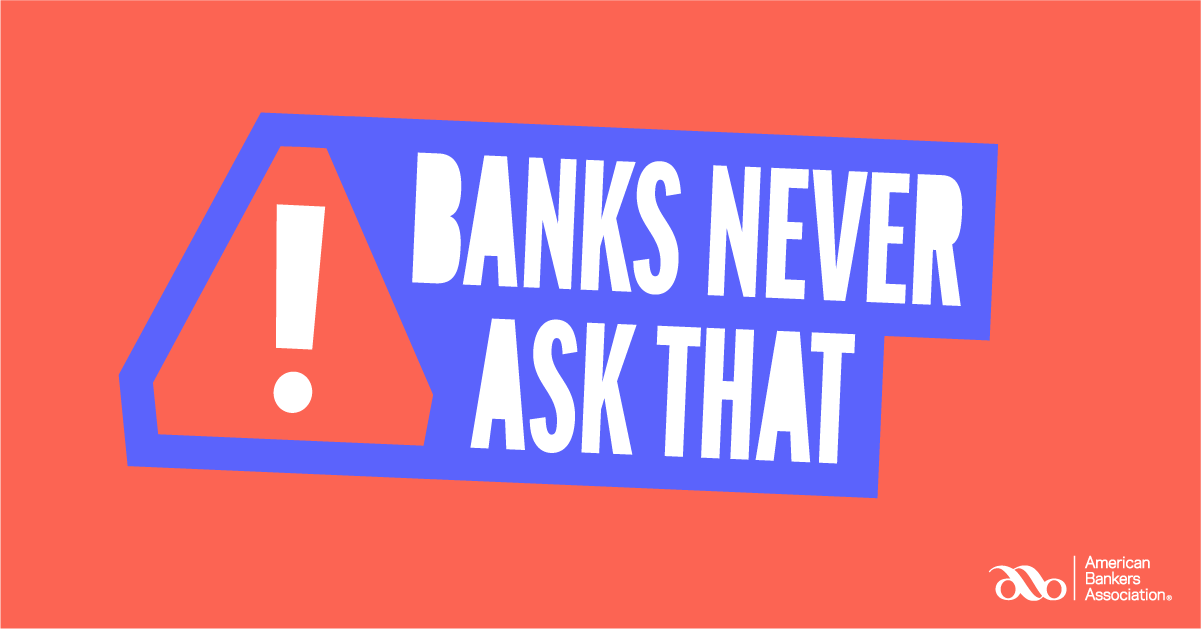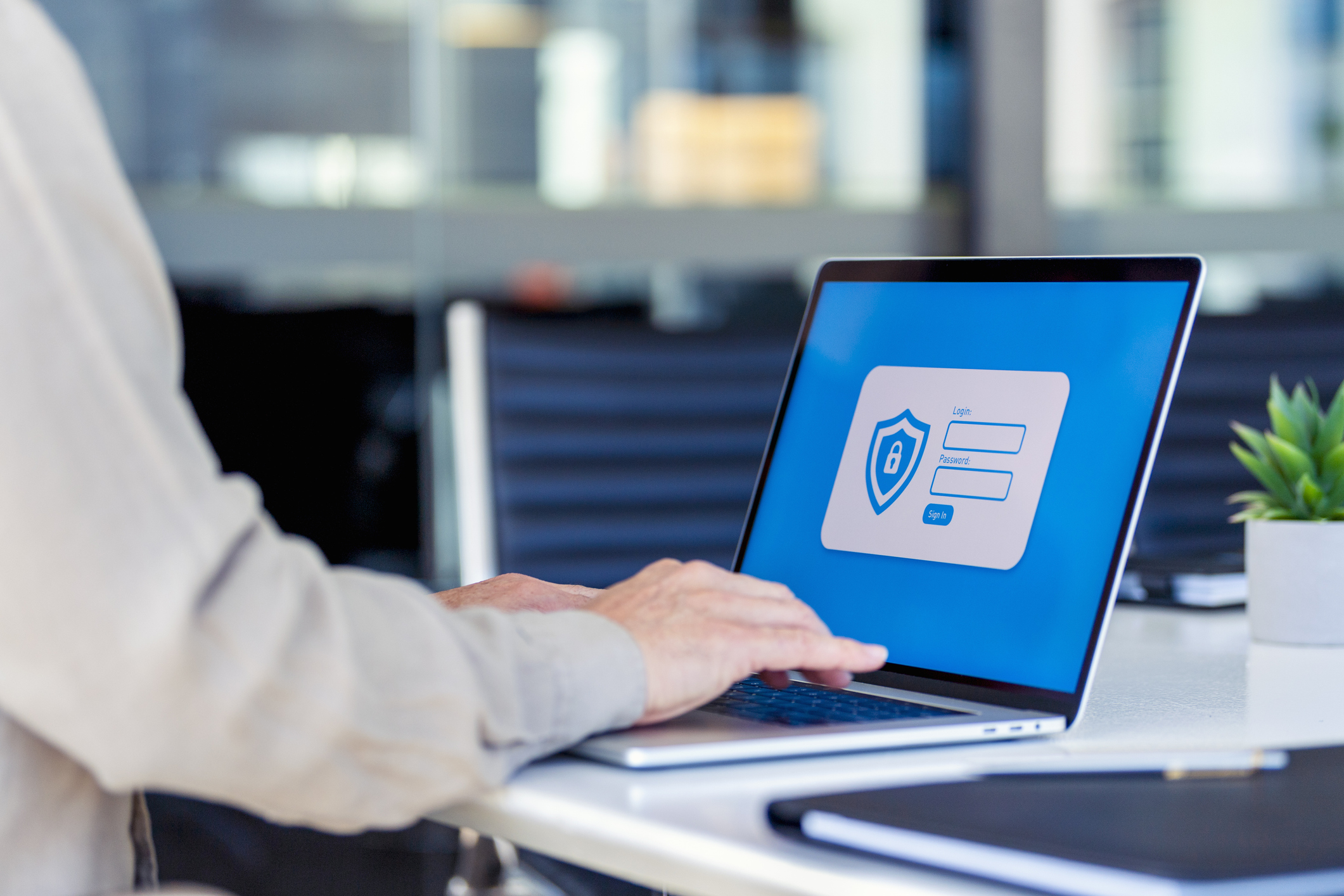The holidays are normally full of special memories and cheerful gift giving, but for cybercriminals, it's the most wonderful time of the year to prey on unsuspecting victims. Luckily, knowing what to look for can help keep you safe. 'Tis the season to remain vigilant and keep your guard up.
Unfortunately, cybercrime is on the rise. According to the Federal Trade Commission (FTC), American consumers lost a staggering $5.8 billion to phishing schemes and other types of fraud in 2021. That's more than a 70% increase over 2020.
Scams happen year-round, but cybercriminals love this time of year because there's ample opportunity to take advantage of innocent people during the busy holiday season. With the increase in online shopping online, traveling, and making year-end charitable donations, people are more vulnerable to fraud.
Here are some strategies to protect your information and avoid scams:
- Watch for red flags: Keep an eye out for scam tip-offs, like calls from a company where you don’t have an account, messages with grammatical errors, or situations that just don’t feel right.
- Use multi-factor authentication: Add an extra layer of security by requiring two or more credentials to log in to your account. This is called multi-factor authentication. These credentials typically consist of your normal password, plus a second identity verification method, such as a fingerprint or a passcode from a separate app. Multi-factor authentication makes it harder for scammers to access your account if they are somehow able to get your username and password.
- Avoid clicking on links in texts or emails: Cybercriminals hide malicious links to download malware onto devices or route users to bogus websites. Fraudulent links are often disguised by simple changes in the URL. Hover over suspicious links to view the actual URL that you are being routed to.
- Don't give out personal information: Your bank will never ask you to provide confidential information (such as your account number, SSN, name, address, password, etc.) in emails or text messages. They will only ask for confidential information to verify your identity when you call their toll-free Customer Service numbers.
- Shop safely online: Before making a purchase or giving any personal information, make sure the website uses secure technology. When you are at the checkout screen, verify that the web address begins with https. Also, check to see if a tiny, locked padlock symbol appears in the URL address bar.
What to do if you receive a suspected phishing attempt:
- Stay calm: In most cases, it’s okay to open a scam email or text. Modern mail apps, like Gmail, detect and block any code or malware from running when you open an email. The key is not to click on links, or download any attachments.
- Do not reply to the sender: Ignore any requests or messages from the sender, and do not call any phone numbers provided in the message.
- Call the number on your card: If you think an email, text or phone call might be a scam, just play it safe and hang up, and call the number on the back of your card.
- Report it: Forward suspected phishing emails to the Anti-Phishing Working Group at reportphishing@apwg.org. Suspicious texts messages can be forwarded to SPAM (7726). Then, report the phishing attack to the FTC at ftc.gov/complaint.
Protect your finances and personal information. As a reminder, Minnwest Bank will never call or email asking for your account number, personal information, or your log-in credentials. If you receive an email or a text message telling you to click a link or asking you to share your personal information, that’s a sign of a hoax. Never click on these links. Remember to access your account only through your app or a browser. If you think you’ve been the victim of a financial scam, call law enforcement and your local branch right away.


